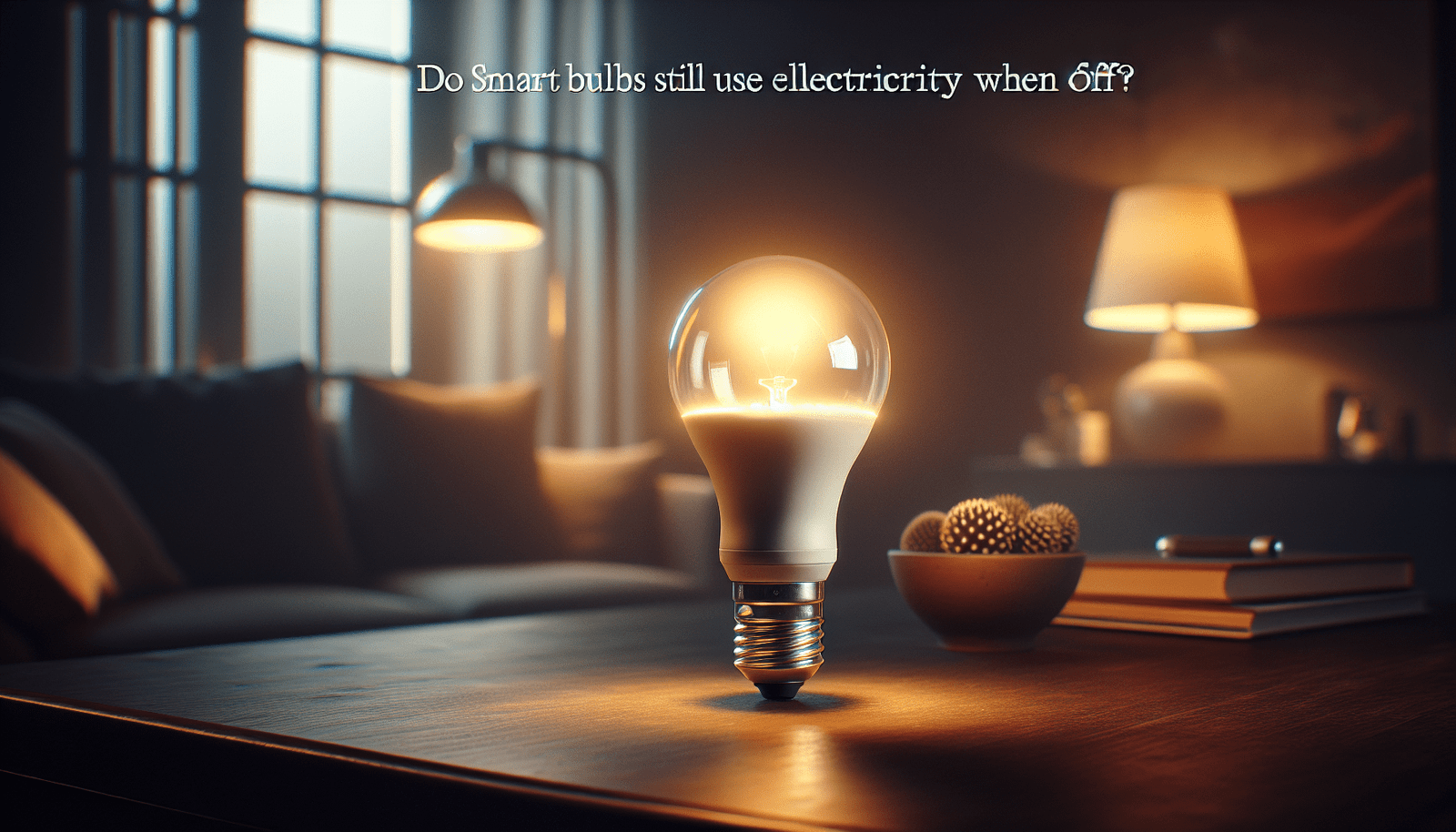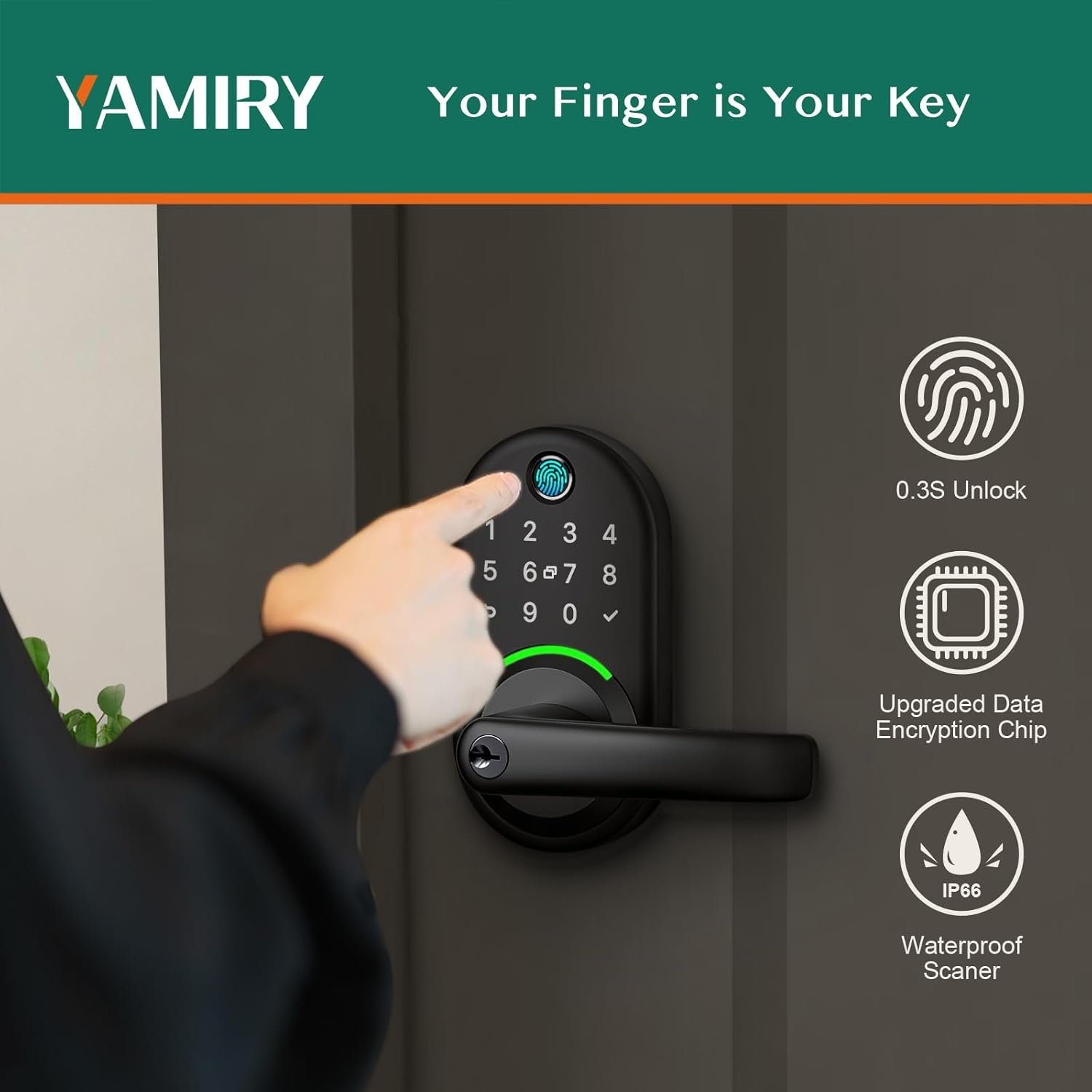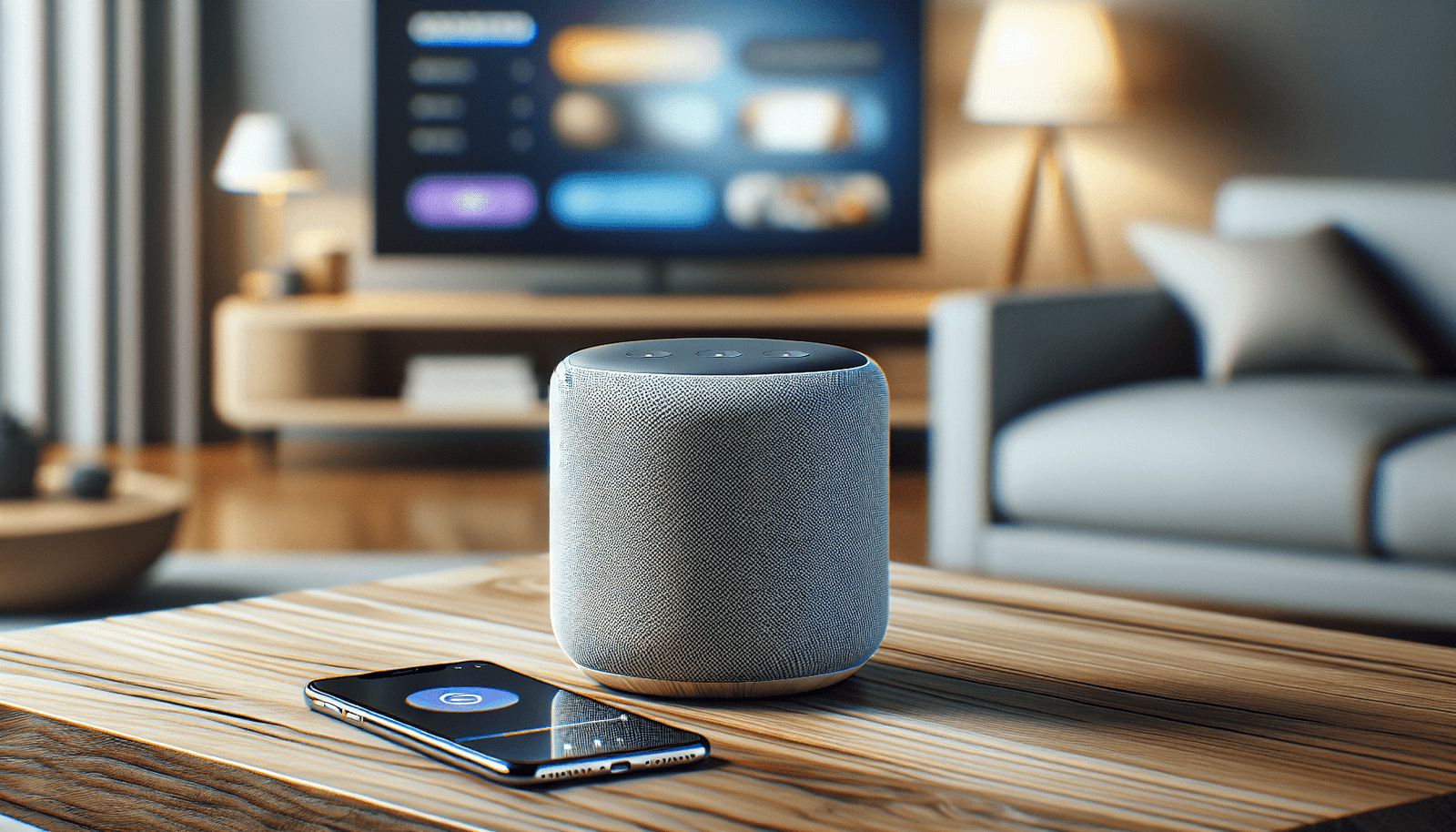Have you ever wondered if smart speakers need to be plugged in to function properly? As you set up or expand your smart home, understanding the power requirements of your devices becomes crucial. Let’s unravel the mystery of whether smart speakers need constant power and explore the intricacies surrounding them.
Understanding the Basics of Smart Speakers
Smart speakers have become incredibly popular over recent years. They’re more than just gadgets—they’re gateways to a connected and convenient lifestyle. But what makes them tick, and do they necessarily need to be plugged into a power outlet?
What Exactly Are Smart Speakers?
Smart speakers are voice-activated devices that integrate with various smart home technologies to enhance your home’s functionality. Popular models include Amazon Echo, Google Nest, and Apple HomePod. They use voice commands to perform tasks, answer questions, play music, and control other smart devices in your home.
The Role of Power in Smart Speakers
Power is the lifeline of a smart speaker. Most smart speakers need to be plugged into a power source to function. This need arises from their continuous connection to Wi-Fi and their ever-listening capability, which allows them to respond promptly to your voice commands.
Plugging In vs. Battery-Powered: The Power Debate
One of the common questions around smart speakers is whether they can operate on batteries or if they need to be constantly plugged in.
Why Most Smart Speakers Need to Be Plugged In
The majority of smart speakers require a constant power supply due to their design and functionality. These devices are intended to stay on continuously, allowing them to be ever-ready to assist you. This always-on feature demands a steady stream of power, which batteries typically can’t provide in a cost-effective or practical way.
Can Smart Speakers Run on Batteries?
While most smart speakers require being plugged in, some models or portable smart speakers come with battery options. These offer the flexibility to move your speaker from one room to another or use them outdoors. However, the battery life might not support prolonged use, and they need recharging after several hours of operation. When choosing a battery-powered model, consider how you’ll primarily use the device.
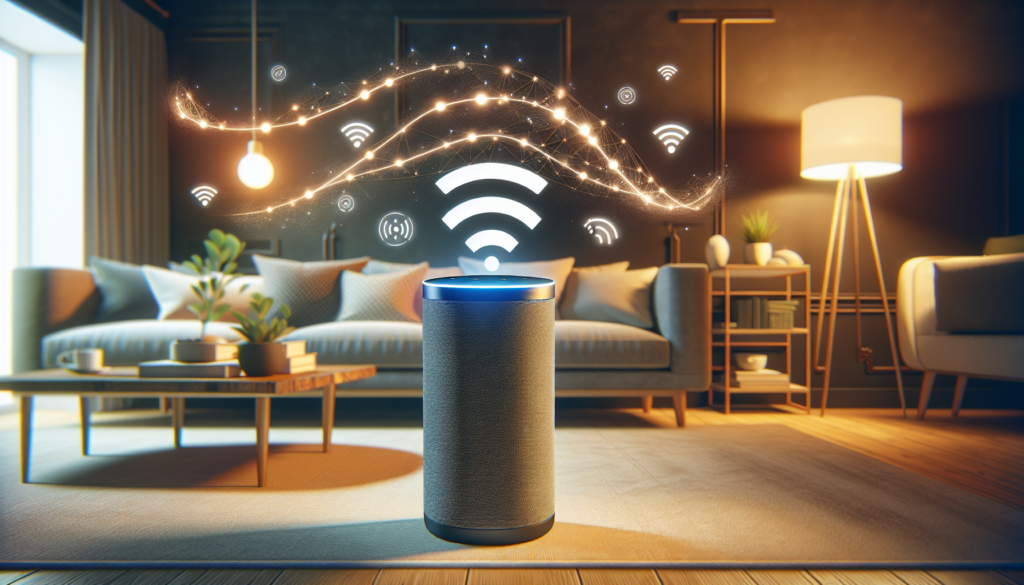
The Benefits of Having Smart Speakers Plugged In
Keeping smart speakers plugged in comes with several advantages that enhance both their functionality and your user experience.
Uninterrupted Connectivity
One of the primary benefits of keeping your smart speaker plugged in is uninterrupted connectivity. With a constant power source, your device remains connected to your Wi-Fi network, ensuring it’s always ready to accept commands and integrate seamlessly with your smart home system.
Enhanced Performance and Features
A plugged-in smart speaker can fully leverage its advanced features and functionalities. This includes everything from superior sound quality and quick response times to multi-room audio capabilities. Continuous power allows the speaker to perform at its best without the disruptions that a battery might introduce.
Security and Updates
Smart speakers frequently receive software updates that improve their functionality and security. A continuous power source ensures these updates happen seamlessly without interruptions, keeping your device secure and up-to-date with the latest features.
Smart Hubs vs. Smart Speakers: Do They Both Need Plugging In?
As you delve into the world of smart home technology, you might come across both smart speakers and smart hubs. Though similar, they do have differences, especially regarding their power needs.
Understanding Smart Hubs
While smart speakers are primarily designed for audio and voice interaction, smart hubs act as central control points for your smart devices. They manage all your connected devices and ensure they work together smoothly. Popular examples of smart hubs include Samsung SmartThings and Hubitat Elevation.
Power Requirements for Smart Hubs
Like smart speakers, smart hubs generally need to be plugged into a power source. These hubs play a crucial role in keeping your smart home network running efficiently, so a constant power supply is vital. They often handle multiple smart devices and require a stable power connection to maintain seamless communication across your home network.
Comparison Table: Smart Speakers vs. Smart Hubs
Here’s a quick comparison to help you understand their differences and power requirements:
| Feature | Smart Speaker | Smart Hub |
|---|---|---|
| Primary Function | Audio and voice interaction | Central control of smart devices |
| Power Source | Typically plugged in; some have batteries | Typically plugged in |
| Connectivity | Wi-Fi and Bluetooth | Protocol-specific (Zigbee, Z-Wave, Wi-Fi) |
| Portability | Often portable with battery options | Mostly stationary due to integration role |
| Device Control | Direct through voice | Interface or voice through connected systems |
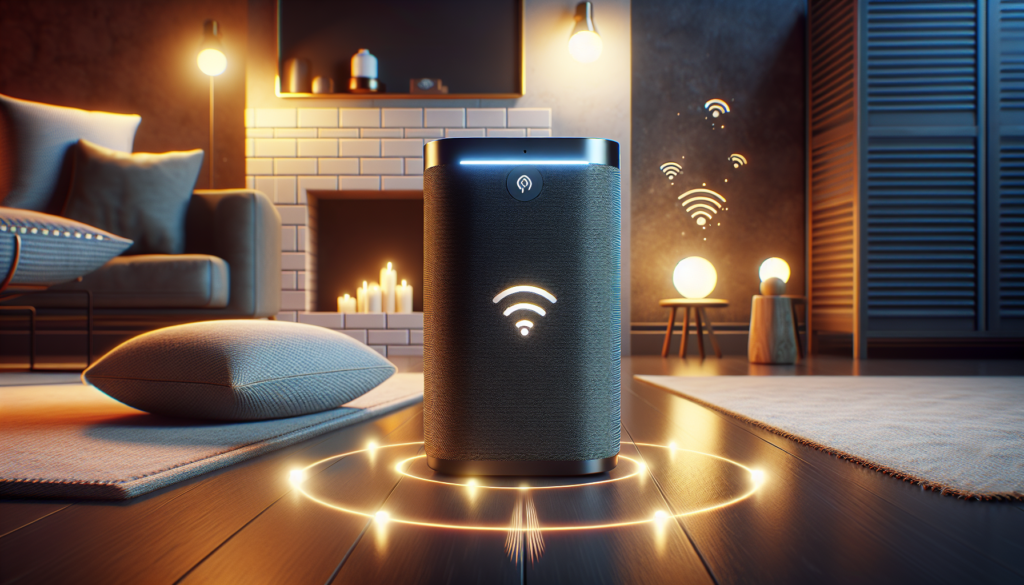
Making the Right Choice for Your Needs
Selecting the right device or combination of devices depends on your specific needs. Whether it’s for sound quality, home automation, or security, there’s a solution for everyone.
Factors to Consider When Choosing a Device
Consider how you plan to use your smart devices:
- Audio Quality: If you’re a music lover, focus on models known for superior sound.
- Home Automation: For automating your home, look at devices with better integration features.
- Portability: Need to move your speaker around often? Consider battery-powered models.
- Device Compatibility: Ensure your device works well with existing smart products.
Addressing Common Concerns: Privacy, Security, and Energy Consumption
With smart technology’s rise, concerns about privacy, security, and energy consumption naturally follow. Understanding these concerns helps in making an informed decision.
Privacy and Security in Smart Speakers
Smart speakers continuously listen for wake words, leading to concerns about unauthorized recordings or data transmission. Fortunately, manufacturers provide options to disable the microphone, and it’s essential to review privacy settings. Choose reputable brands, and frequently update your device to ensure the latest security measures are in place.
Energy Consumption
Although smart speakers remain on standby, their energy consumption is relatively low compared to many household appliances. Considering their benefits, the energy trade-off is minimal. To manage energy use, consider using a smart plug to turn off devices when not in use.
Actionable Steps for Optimizing Your Smart Speaker Setup
To get the most out of your smart speaker, consider these actionable tips for setup and operation.
Setting Up Your Smart Speaker
- Placement: Position in a central location free from obstructions for optimal voice recognition.
- Power Source: Ensure proximity to a power outlet for continuous connectivity.
- Connectivity: Connect to a stable Wi-Fi network to enhance speed and reliability.
Troubleshooting Common Issues
- Connectivity Problems: Restart the device and check your network settings.
- Sound Issues: Ensure volume settings are appropriate and check for obstructions.
- Voice Recognition: Recalibrate or retrain for improved performance.
Enhancing Security Settings
- Regularly update software to protect against vulnerabilities.
- Review and adjust privacy settings according to your comfort level.
- Use robust passwords for associated accounts and networks.
Tips for Automating Your Smart Home
- Integrate smart speakers with compatible devices for seamless control.
- Use routines and automation to enhance convenience.
- Experiment with different configurations to find your preferred setup.
Conclusion
Deciphering whether smart speakers need to be plugged in, you now see the clear benefits of doing so. Keeping them powered ensures you harness the full potential of these advanced devices. Whether your focus is on optimizing audio quality, enhancing home automation, or strengthening security, understanding power needs is an essential step in creating a connected home tailored to your lifestyle.
By maintaining a dialog about new technologies and best practices, we can mitigate common concerns and empower you to make choices that enhance both your digital and daily life. Remember, with the correct setup, smart speakers don’t just make life easier—they redefine it.
Disclosure: As an Amazon Associate, I earn from qualifying purchases.


